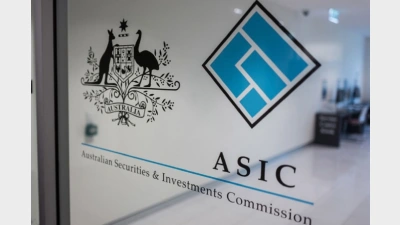Eagle eyes in-housing



Eagle Investment Systems are working with superannuation funds that are enhancing their in-house investment capabilities, as reported by Super Review that two-thirds of Australian super funds are expecting to bring asset management options in-house over the next 10 years.
Eagle's Europe, the Middle East and Africa, and Asia-Pacific head, Marc Rubenfeld, attributed the desire to reduce costs and deliver returns as a key reason behind what is becoming a developing trend.
He also said that consolidation in the superannuation market has had a part to play, with the average fund size being driven higher.
Rubenfeld said he was confident the trend will continue, with many smaller superannuation funds likely being subsumed over the coming years.
In addition to trimming costs, Eagle found that by bringing investment management in-house, funds are looking to get closer to their assets, giving them greater flexibility and autonomy for managing assets effectively.
Eagle said the four key technological barriers to in-house management were:
- Ability to measure risk and performance across complex investment portfolios and different asset classes;
- Flexibility to accommodate future regulatory changes as well as new investment trends and asset classes;
- How to manage technology: in-house, outsource, or a co-source approach; and
- Ensuring that your technology can support future growth and will be fully supported in the long term.
Rubenfeld said that a replacement of the legacy system or development of new technological infrastructure could be a necessity, with the selection of experienced technology vendors as the first step.
Recommended for you
The structural shift towards active ETFs will reshape the asset management industry, according to McKinsey, and financial advisers will be a key group for managers to focus their distribution.
ASIC has warned that practices across the $200 billion private credit market are inconsistent and, in some cases, require serious improvement.
A surge in electricity prices has driven the monthly Consumer Price Index to its highest level in a year, exceeding forecasts.
Infrastructure well-positioned to hedge against global uncertainty, says investment chief.







